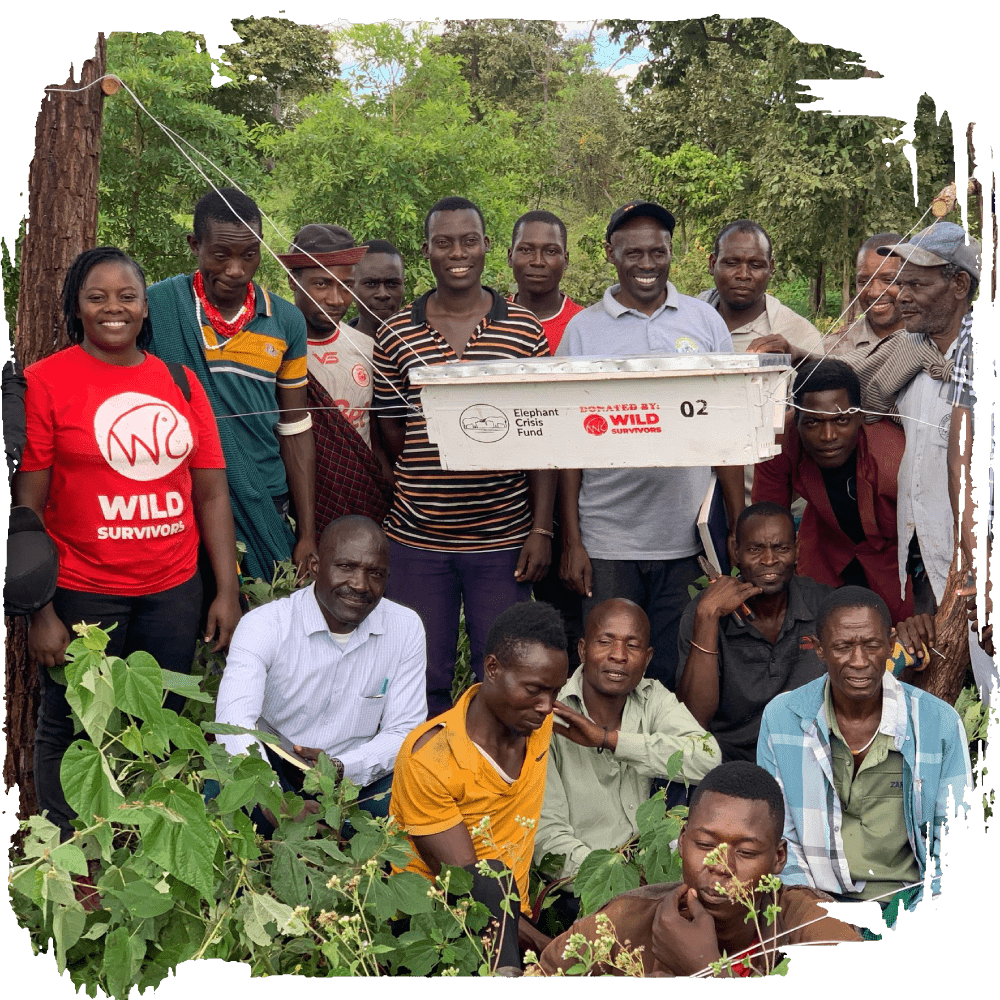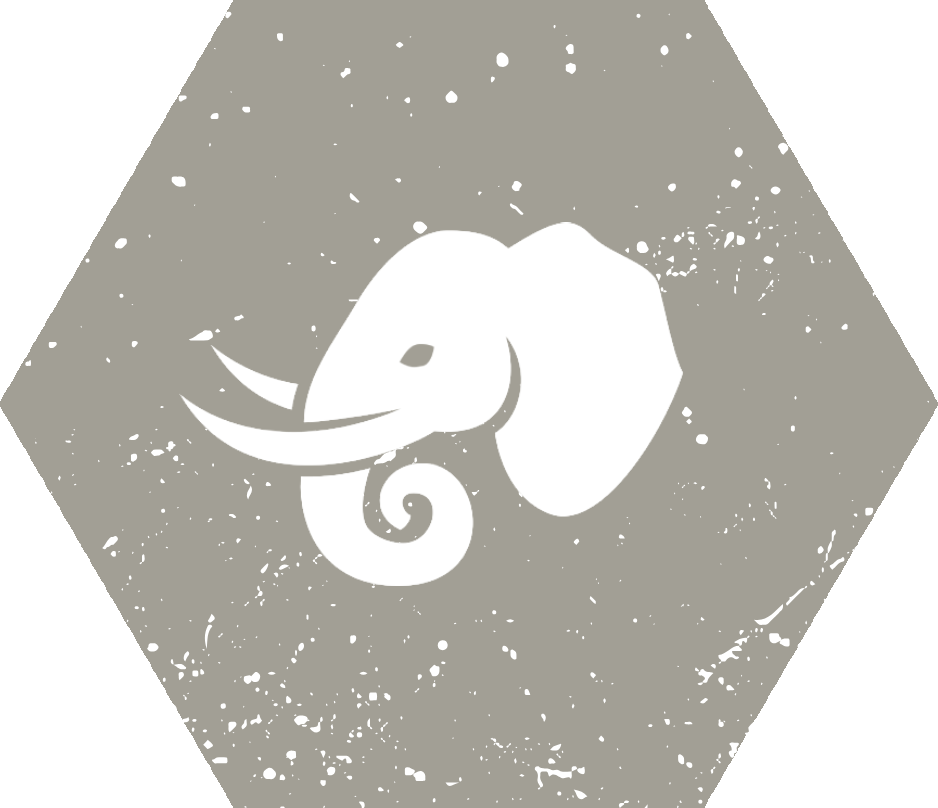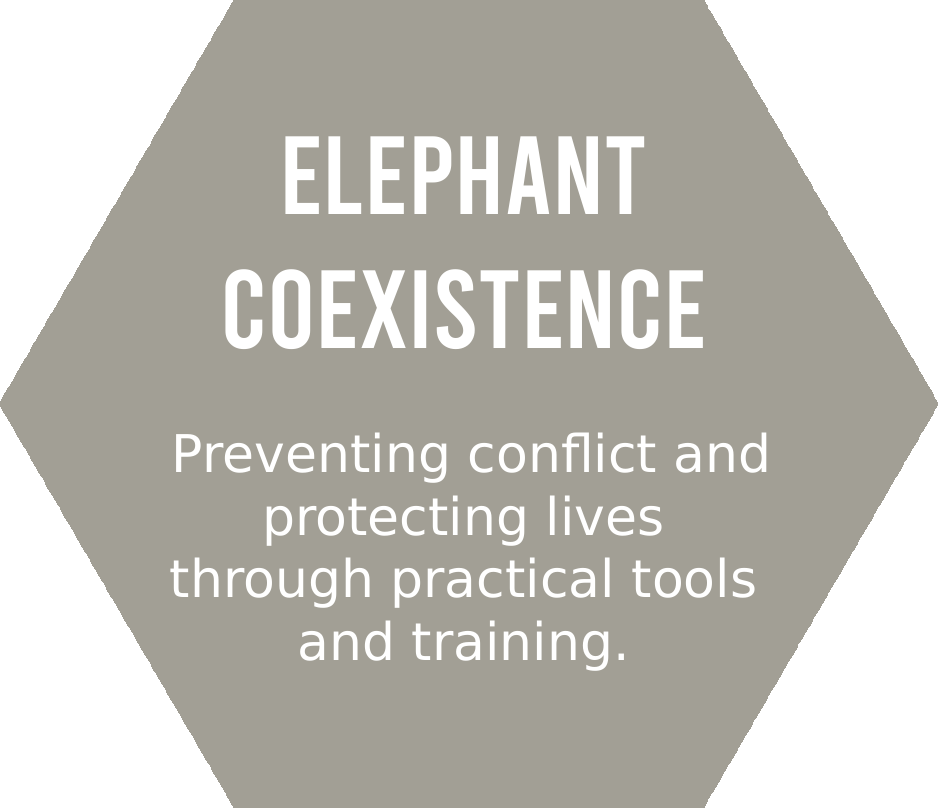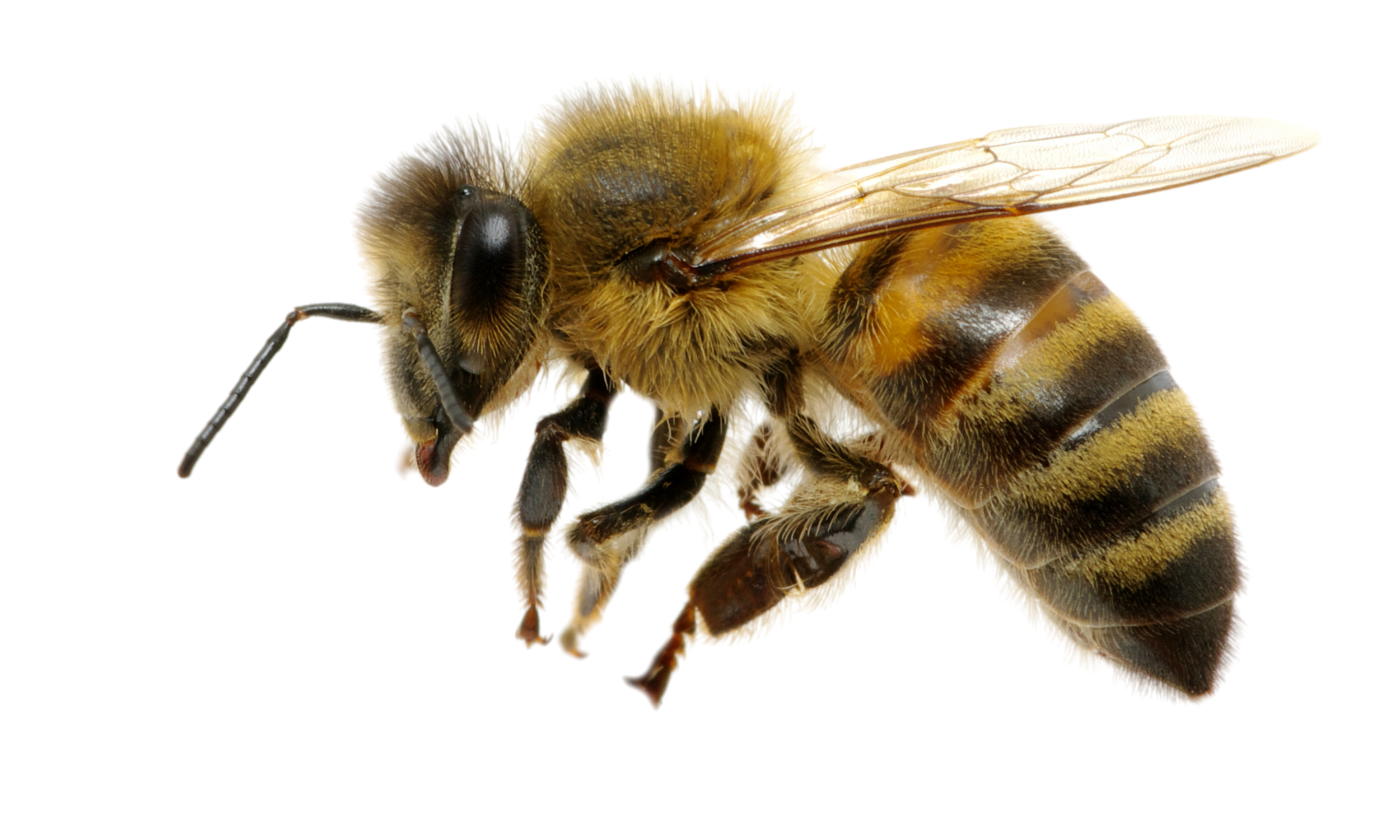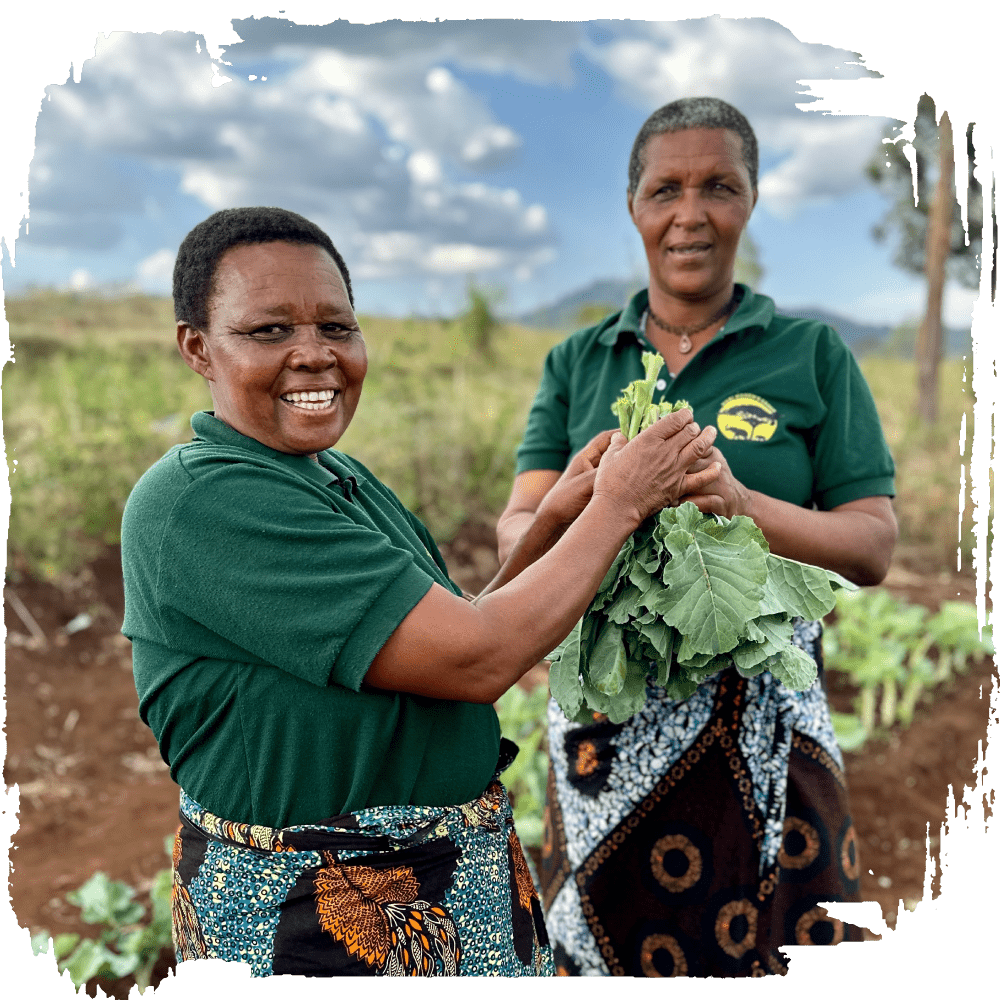
ELEPHANTS ARE LOSING THE LAND THEY NEED TO SURVIVE
Human-elephant conflict is now one of the greatest threats to elephant survival.
Elephants need space to move across vast landscapes, but as their ancient paths are replaced by farms and settlements, they increasingly come into contact with people. This is known as human-elephant conflict; now one of the greatest threats to elephant survival and the safety and livelihoods of farming families.
And it’s escalating fast.

When people and elephants can’t coexist, both suffer.
Without urgent action, we risk losing not only a keystone species, but also the stability of rural livelihoods and the health of entire ecosystems.

We are
wild Survivors.
Across three of Tanzania’s most vital ecosystems, we work hand-in-hand with communities to turn conflict into coexistence for the benefit of people, elephants, and the land we share.
We respond where we’re needed.
From Ngorongoro to Katavi, we support communities in landscapes where elephants still move, and where connectivity can still be protected.
See how we work across three key regions to protect vital corridors and reduce conflict on the frontlines of coexistence.
What we do
our impact to date
Community-first, science-backed, built to last.
Our Coexistence Framework is rooted in community leadership, Tanzanian knowledge, and proven science.
Our Approach
-
We respond to local requests and assess needs on the ground
-
Together, we tailor natural, passive solutions
-
Women and farming families lead the change.
-
We track impact, share results, and evolve.

Our Conservation Goals
Our work brings together four key goals that connect elephants, people, communities, and the environment.

Elephants are afraid of bees!
The simple coexistence technique of suspending beehives along a wire fence deters them from entering farms and back to the safety of their migration route.
The bees also pollinate crops, support forest biodiversity, and uplift communities through beekeeping livelihoods.
This paves the way for long term habitat recovery and protection.
DID YOU KNOW?
OUR DONORS AND CONSERVATION PARTNERS


Collaboration is at the heart of our work.
We partner with Tanzanian district governments, NGOs, and game reserves to strengthen local conservation efforts with proven, community-led tools, guided by our Coexistence Framework.




